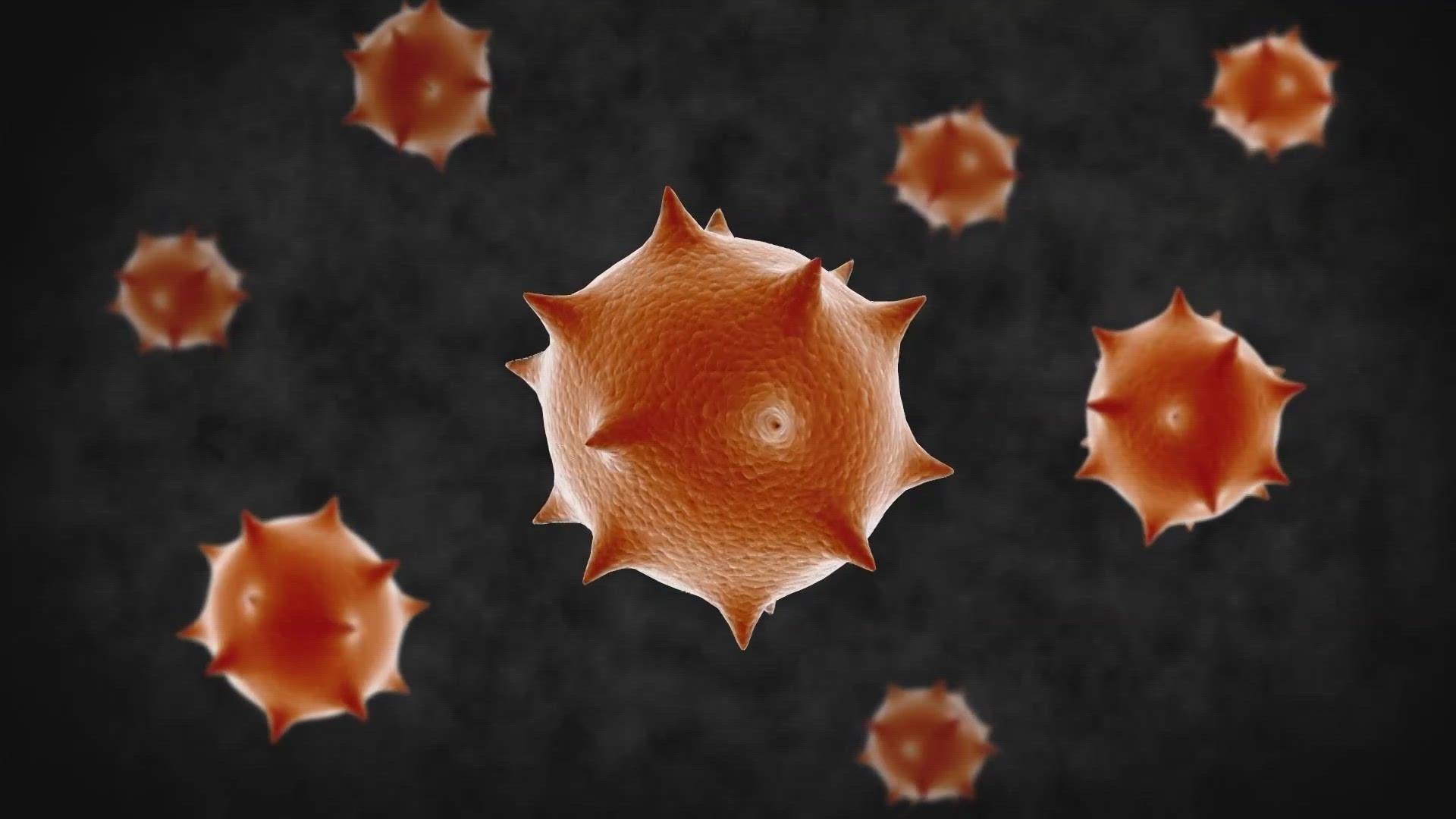SAN ANTONIO — Mt. Cedar season was a mild one but oak season is raging right now, and we haven't even hit the peak. Thankfully we got some rain last night and this morning to help cut the oak pollen down.
But it is still very high, people are suffering, and this is just a break in the extreme numbers. Dr. Mark Stahl from Apex Allergy and Asthma told us, "They're they're spending more time outdoors and their garden exposed more to the to the oak pollen. . But they're out enjoying spring weather at this point, so they're more exposed to oak."
And all this oak is hitting kids hard. Dr. Stahl said, "Everything's COVID right now until proven otherwise. So we're seeing a lot of patients who need to to prove that they don't have COVID before they return to school with this cough."
If you've got oak allergies you may have one of these symptoms. A stuffy, runny, itchy nose and sneezing. A sore or itchy throat. Sinus pain, congestion, and headaches. Coughing or wheezing. And red, watery, itchy eyes.
So how can you tell the difference? Dr. Stahl told us, "Certainly if there's a fever at all, that would not be an allergy. But it can be difficult to tell because a lot of patients are not presenting with fever, but watching the pollen count.
The oak pollen has come down considerably from yesterday when it was over 11,000, but it still remains heavy at 5,140. But what does that number mean? The pollen count is the number of pollen grains in a cubic feet of air. It ranges from low which is under 100, to very high or extreme which is above 10,000. Dr. Stahl says that's where we're headed back to next week once we dry out. He said, "I think it'll be a little higher than that next week. Yes. Still, usually we'll see a 20,000 be the peak, so we'll probably get there next week early on."
Dr. Stahl says to limit exposure try to limit time outdoors. And nasal steroids can be the mainstay to battle oak until the peak of the season has passed.

